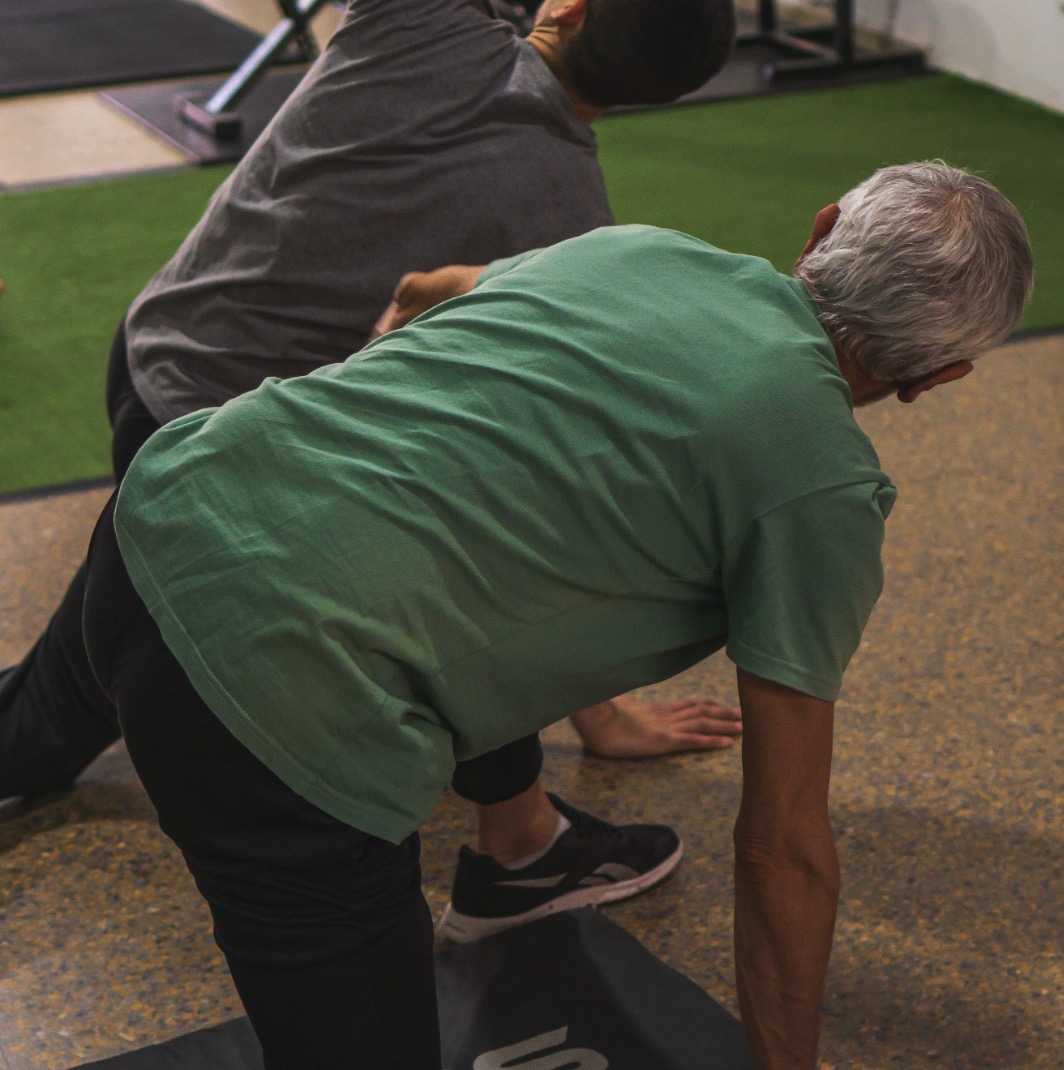Personalized Full-Body In-Bed Gym at home: lessons from personal experiences

All claims expressed in this article are solely those of the authors and do not necessarily represent those of their affiliated organizations, or those of the publisher, the editors and the reviewers. Any product that may be evaluated in this article or claim that may be made by its manufacturer is not guaranteed or endorsed by the publisher.
Authors
Muscles and mobility deteriorate with age, and exercising is the only sure countermeasure. It is useful to offer safe and toll-free rehabilitation training, such as the Full-Body In-Bed Gym, easy to learn and perform at home. Based on my own experience, I suggest a 10-20-minute daily routine of easy and safe physical exercises that may improve the main 300 skeletal muscles used for everyday activities. Many of the exercises can be performed in bed (Full-Body In-Bed Gym), so hospital patients can learn this light workout before leaving the hospital. The routine consists of a series of repetitions of bodyweight exercises to be performed one after the other, without time breaks in between. Alternating sequences of arm and leg exercises are followed by moving body parts in lying and sitting positions in bed and by standing and sitting down. Progressive improvements can be tested by a series of push-ups on the bed or the floor. Starting from 3-5, the number of repetitions is increased by adding 5 more every week. To maintain or even shorten the total daily time of workout, each movement is then speeded up. The devoted time every morning (or at least 5 days a week) to train all the major muscles of the body can remain under 15 minutes. Because there are no breaks during and between sets, the final push-ups become very challenging. At the end of the daily workout, heart rate, depth, number of spontaneous ventilations, and frontal perspiration increase for tens of minutes. Here is an example of how to implement the progression of the Full-Body In-Bed Gym, presenting an educational case report of a trained 80-year-old person in stable pharmacological management. Details of the workouts and the related results are presented in the 2024 book, How to Rejuvenate at 80’s. Positive results on quality of life, mental wellness, and persistence in a group of older adults were recently reported in a scientific publication. Although performed in bed, in addition to strengthening the main muscles, ventilatory ones included, Full-Body In-Bed Gym at home is a resistance training equivalent to a short jog. Started in early winter and continued regularly throughout spring and summer, Full-Body In-Bed Gym can help maintain the independence and mental wellness of elderly people. It is a simple approach that deserves further clinical trials.
How to Cite

This work is licensed under a Creative Commons Attribution-NonCommercial 4.0 International License.






